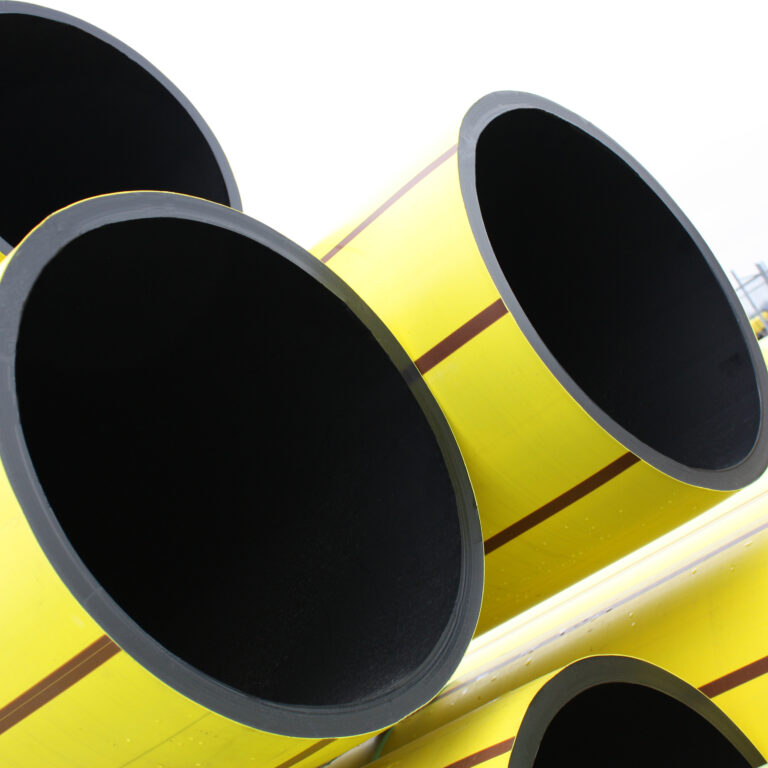Here's why PE pipes reign supreme in the realm of wintry resilience
In gas and water Polyethylene (PE) pipes we use both PE80 and PE100 grades of polyethylene. Both have excellent characteristics in terms of flexibility and toughness at very low temperatures. While the pipe may freeze, it will still retain its strength and toughness.
The benefit of PE80 pipe, is that the lower density provides excellent crack propagation resistance and so this can be used in gas applications in temperatures down to -20°C. With PE100 being a higher density, the increased stiffness makes the pipe more susceptible to crack propagation and therefore, PE100 is only used down to 0°C for gas applications. Pipelines using PE100 materials carry trace heating where there is a risk of going below 0°C.
For water or wastewater applications, Pipes have to be minimum depth of 750mm. This depth is classed as the frost line, where the ground temperature at 750mm will typically be above 0°C, which is essential for the fluids to maintain flow. Water and wastewater pipelines may operate above ground but some insulation is recommended. One further benefit of PE pipes carrying fluids is, if the contents freeze, the PE pipe will expand and accommodate the expansion, where other materials may fracture.
As innovators in pipeline technology, we at Radius Systems prioritise advanced materials and installation practices that keep you warm and worry-free, even in the coldest winters.


